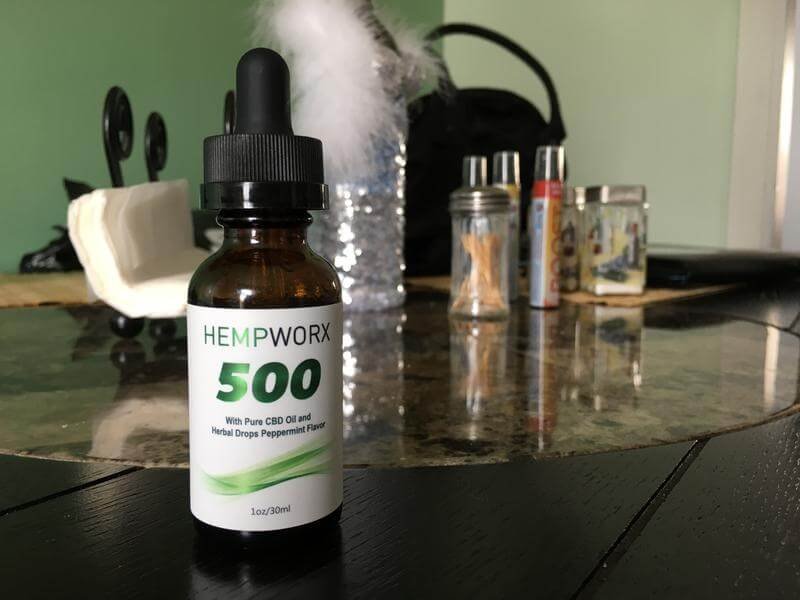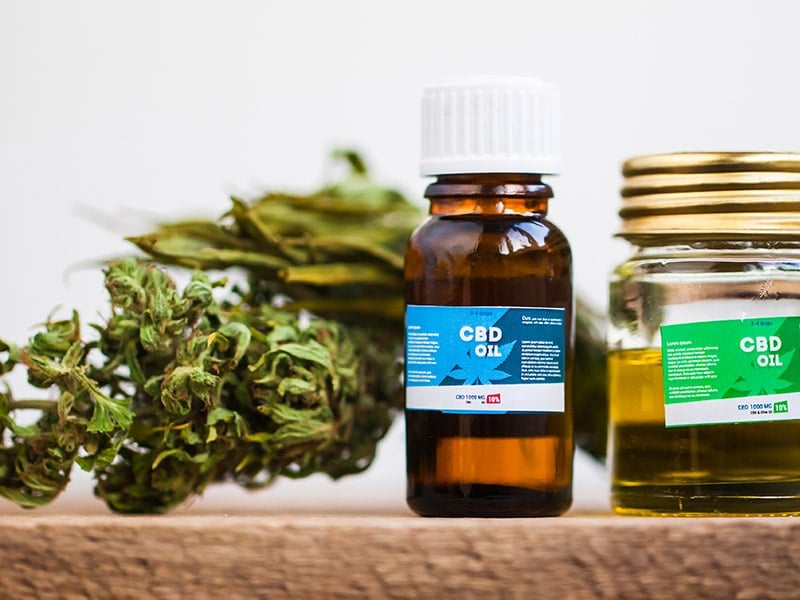You can find cannabidiol, known for its numerous health benefits, in pills, creams and even salad dressings and honey.
Today you can find CBD, a hempextract known for its potential health benefits, in a wide variety of products and forms.
Dozens of states, health food stores, pharmacies and even supermarkets and restaurants offer products containing CBD. These include pills, oils, balms, vaporizing devices (such as e-cigarettes) and edibles, including gummy bears, honey, coffees and alcoholic beverages, among others.
But how do you choose between different forms of CBD, such as smoking or eating? We contacted professionals who say there are advantages and disadvantages to each, and establishing one that works for you may require a close examination of products and a bit of trial and error.
CBD has been used in part because early research suggests it may offer potential health benefits, for example that it can reduce pain and anxiety.
While this chemical compound comes from hemp or its close relative, hemp, CBD does not cause intoxication in users, unlike another compound from the hemp plant, tetrahydrocannabinol, or THC. The Food and Drug Administration this summer approved a CBD-based medicine to treat two severe seizure disorders.
Still, the legality of CBD remains somewhat uncertain, particularly when it comes from hemp sativa, which has prevented the compound from being more widely studied and available to consumers (See “What is CBD, What do you need to know now about this hemp product?”).
Thirteen percent of Americans say they use CBD because it helps them with symptoms related to a health problem, according to a recent representative Consumer Reports survey of 1,003 U.S. adults. And nearly 90% of those who have used CBD say they found it helpful in relieving symptoms related to their health problem.

Perhaps even more challenging for those seeking treatment is discovering the dosage that might work best for their particular condition. That’s because so much is still unknown about CBD, including how it works, says Norbert Kaminski, PhD, professor of pharmacology and toxicology at Michigan State University and director of the Institute for Integrative Toxicology.
For problems such as anxiety, depression and insomnia, “the fastest way to deliver CBD to the brain is to smoke it,” Kaminski says. “The next fastest way is to use a tincture. By eating it or, especially, if you use it as a topical cream, it will take longer to have an effect.”
“The effectiveness of CBD has really only been established for Lennox-Gastaut and Dravet syndrome,” Kaminski says, referring to the two seizure disorders that can be treated with Epidiolex, the CBD-based medicine that the FDA recently approved.
Even with so many unknowns about CBD’s effectiveness, retailers continue to pop up across the country. Tia Tagliaferro is director of operations for Hemp Garden, which sells hemp sativa-based CBD products at its stores in New York City and Wilmington, N.C. She says CBD’s potential healing benefits and popularity prompted the company to open its latest store in New York earlier this summer, with plans to expand to other East Coast locations in the coming months.
Ashley Garris, 28, of Wilmington, N.C., says she started using CBD three months ago to treat her fibromyalgia, anxiety and headaches. “It actually changed my life.” She says she prefers using e-cigarettes or rolling cigarettes with hemp sativa flowers, and has had good results with topical CBD products for immediate relief of pain and muscle cramps.
If you want to buy the best cbd oils, they suggest that you head to their page for more info.


